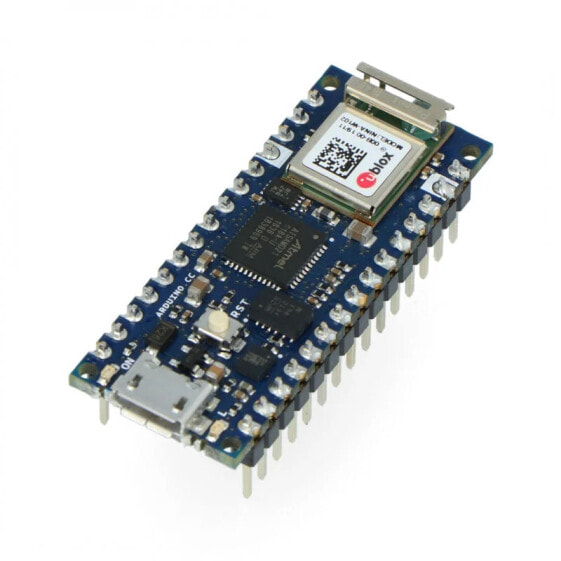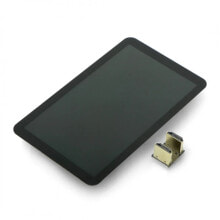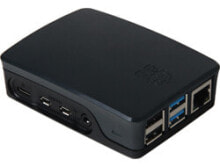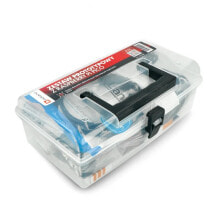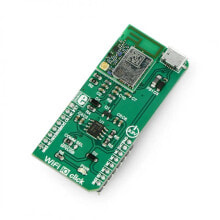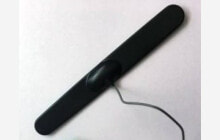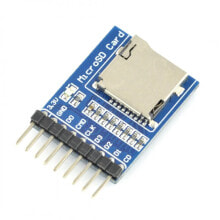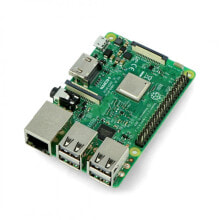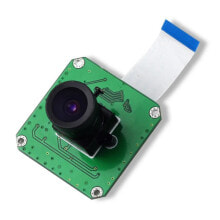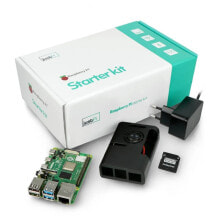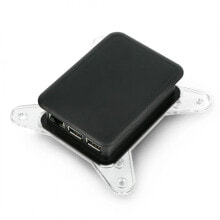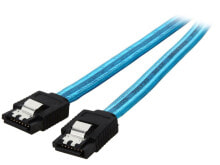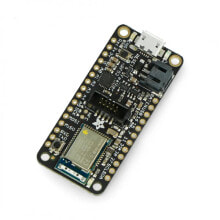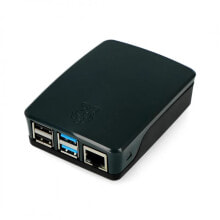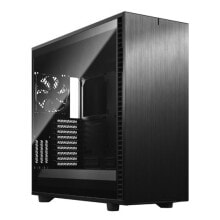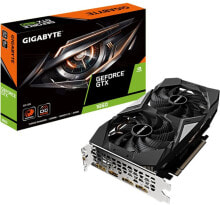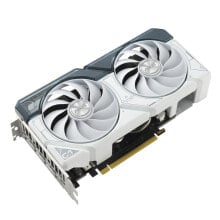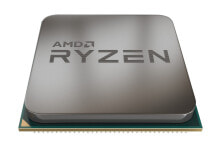Характеристики
- UC - I2C
- yes
- UC - USB
- microUSB
- UC - UART
- yes
- UC - ядро
- ARM Cortex-M0+, 1. Single Core
- UC - Разъем
- 5V microUSB
- Напряжение до
- 4.5 V
- UC - аналог в
- 8
- Напряжение от
- 21.0 V
- Интерфейс UC - SPI
- yes
- Выходное напряжение до
- 3.3 V
- UC - Цифровые контакты
- 14
Общие характеристики
- UC - Вспышка
- 256 kB
- UC - частота
- 48 MHz
- UC - Микроконтроллер
- SAMD21
- UC - оперативная память
- 32 kB
Прочие свойства
- EAN
- 7630049201545
- Бренд
- Arduino
Свойства
- Тип
- Запчасть для микрокомпьютера
Технические характеристики
- Номинальное напряжение
- 3.3 V
Описание
The Arduino models in the Nano series are designed toextend the capabilities of small tilesto make their use possible in any project. Arduino Nano 33 IoT fits perfectly into the category ofInternet of Things (Internet of things, objects) projects thanks to the built-in WiFi andBluetooth NINA W102communication chip based on ESP32module. Additionally, Nano 33 IoT is equipped with ATECC608A cryptography. It also supportsArduino IoT Cloud andTLS (TransportLayer Security) standard, which is a development of SSL protocol ensuring confidentiality and integrity of data transmission.
Offered board has soldered in leads. In our offer we also have a version without connectors.
Arduino Nano 33 IoT.
Arduino Nano 33 IoT capabilitiesThe heart of Arduino is the SAMD21G18A microcontrollerclockedto 48 MHzsupported by256 kB flash memory and 32 kB SRAM. The board is equipped withNINAW102wireless communication modulebasedon ESP32 chip. This enables communication via WiFi or Bluetooth.Cryptographic system ATECC608Aand the fact that Arduino Nano 33 IoTsupports Arduino IoT Cloud and TLS (Transport Layer Security)standard, that is development of SSL protocol ensuring confidentiality and integrity of data transmission. There is enough space on the board for a 3 axis accelerometer and gyroscope.
Attention!
Arduino Nano 33 IoT can work ONLY with 3.3V by default. Do not connect to signal pins of devices operating at 5 V.
By default, Arduino Nano 33 IoTsupports only 3.3 V. There is a jumper in the place of 5 V pin in standard Nano board (between RST and A7 pins) which can be shorted to USB power supply.To supply the devices with 5 V, solder the jumper and power Nano via USB. If the jumper is soldered and no voltage is obtained from the V in pin. This is a protection to protect Arduino Nano 33 IoT. The board allows debugging of programs, which is done with 6 pads on the bottom of the board underneath the communication system.
The outputs of Arduino Nano 33 IoT. Visible jumper for 5V power supply via USB.
Pin Designation Type Description 1 D13 Digital GPIO 2 + 3V3 Power output Power supply for external devices 3 AREF Analogue Reference pin, can be used as GPIO 4 A0 / DAC0 Analogue ADC input / DAC output, canbe used as GPIO 5A1
Analogue ADC input,canbe used as GPIO 6 A2 Analogue ADC input,canbe used as GPIO 7 A3 Analogue ADC input,canbe used as GPIO 8 A4 / SDA Analogue ADC input, I2C SDA,can beused as GPIO* 9 A5 / SCL Analogue The ADC, I2C SCLinput can beused as GPIO*. 10 A6 Analogue ADC input,canbe used as GPIO 11 A7 Analogue ADC input,canbe used as GPIO 12 V USB I / Wy power supply Normally not connected. Can be shorted to USB power 13 RST Digital input Active reset 14 GND Power supply Mass 15 VIN Power supply Power supply 16 TX Digital USART TX,canbe used like GPIO 17 RX Digital USART RX,canbe used like GPIO 18 RST Digital Active reset 19 GND Power supply Mass 20 D2 Digital GPIO 21 D3 / PWM Digital GPIO,canbe used like GPIO 22 D4 Digital GPIO 23 D5 / PWM Digital GPIO,canbe used like GPIO 24 D6 / PWM Digital GPIO,canbe used like GPIO 25 D7 Digital GPIO 26 D8 Digital GPIO 27 D9 / PWM Digital GPIO,canbe used like GPIO 28 D10 / PWM Digital GPIO,canbe used like GPIO 29 D11 MOSI Digital SPI MOSI,canbe used like GPIO 30 D12 / MISO Digital SPI MISO,canbe used like GPIO(*) Unlike the standard Arduino Nano, the A4 and A5 pins have a default pull-up, the so-called pull-up and are used as I2C bus, so it is not recommended to use them as analogue inputs.
Specifications of Arduino Nano 33 IoT with connectors- Supply voltage: 3.3 V
- Microcontroller: SAMD21G18A
- Clocking: up to 48 MHz
- Flash memory: 256 kB
- SRAM 32 kB
- Digital pins: 14
- PWM pins: 8
- Analogue pins: 8
- MicroUSB socket
- Interfaces: GPIO, SPI, I2C, USART, PWM
- Transducers: ADC, DAC
- Sensors: gyroscope, accelerometer
- Dimensions: 45 x 18 mm
- Manufacturer's website
- Arduino Forum
- Installation and first start-up
- Arduino IDE software
- SAMD21G18A documentation
- LSM6DS3 documentation
- NINA Documentation W102
- ATECC608A documentation
